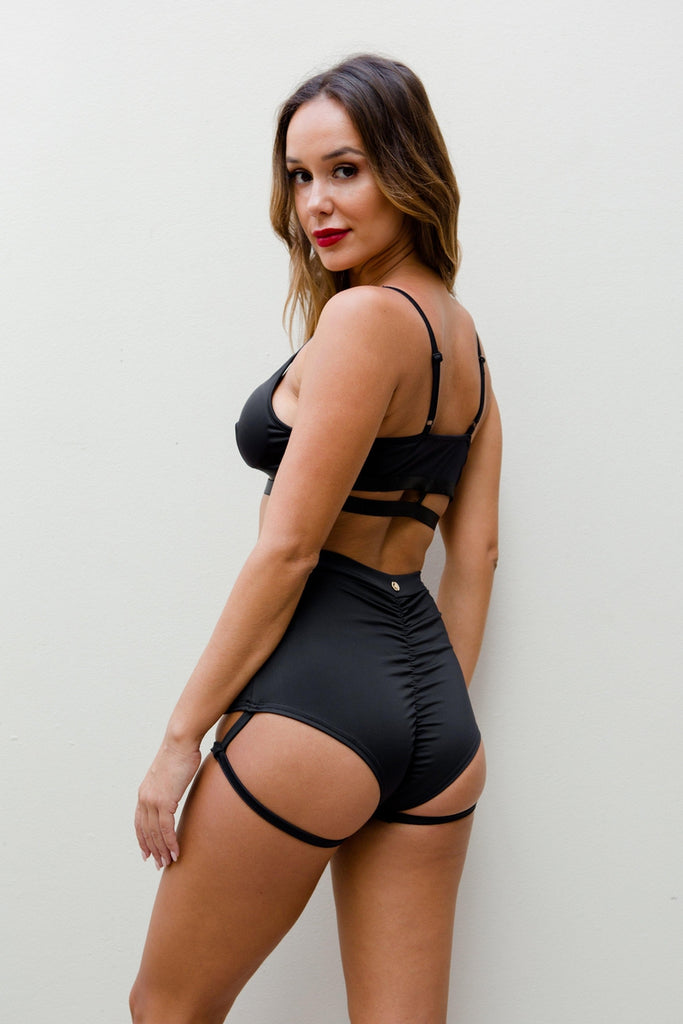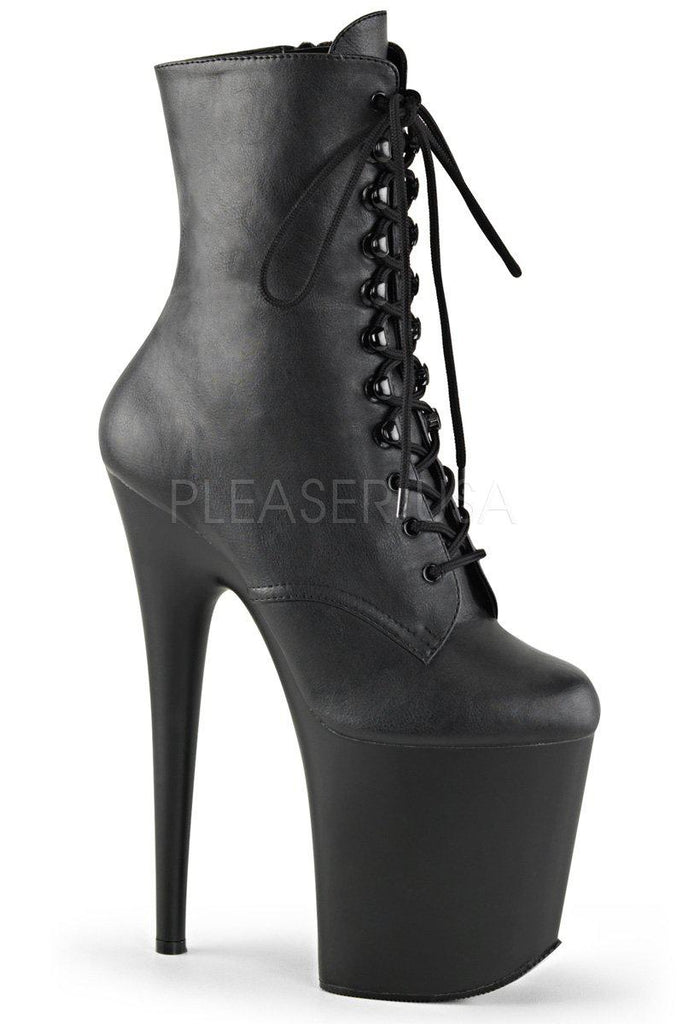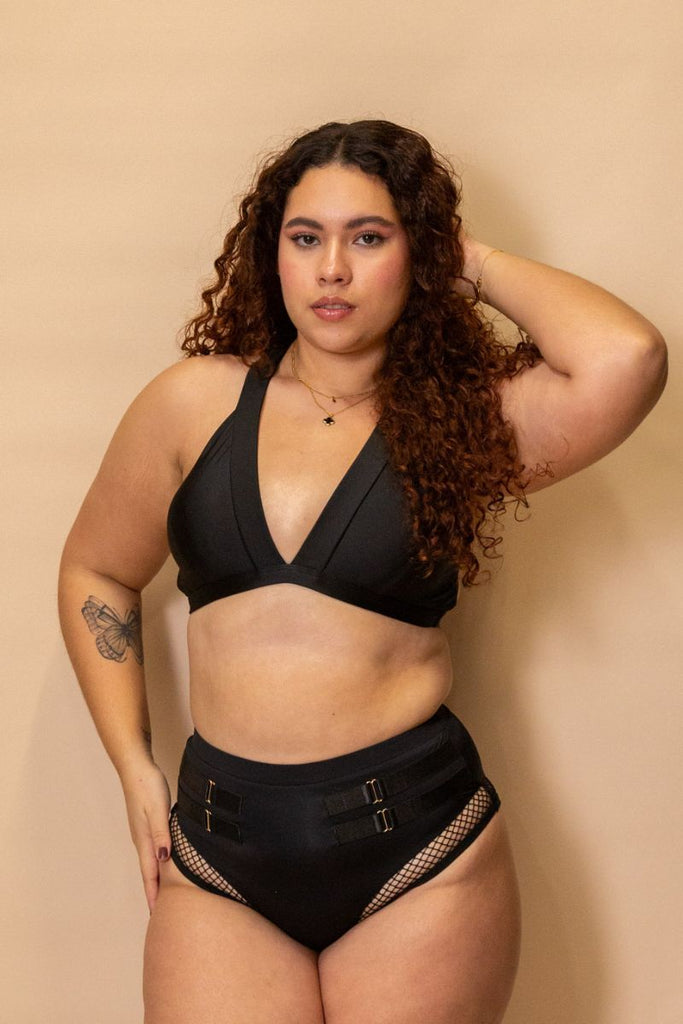Your first pole dancing class: What to expect and how to prepare in 2024
We’re delighted to hear you’re interested in attending your first ever pole dancing class!
Come as you are
Finding a studio
Class types
In addition to different skill levels, many pole studios offer a diverse range of class types to cater to various interests and preferences. These may include flow, spin, dynamic combos, heels, and more. Depending on your vibe and goals, you might find certain genres more appealing after your beginner class.
One of the beauties of pole dancing is its versatility – there's a different style for everyone. Don't be surprised if you walk into your first class and see students pulling 8-inch pleasers out of their bags, Mary Poppins style! While many dancers opt for stilettos or boots, especially in choreography-focused classes, it's important to note that wearing heels is not a requirement. You can learn skills, build strength, and have just as much fun in your bare feet.
Initially, most pole dancers start without heels, but as you progress, you might find yourself drawn to the allure of shiny patent stilettos or soft velvet lace-up boots. Whether you choose to dance in heels or barefoot, the most important thing is to feel comfortable and confident.
If you find yourself ready to purchase your first pair of pole dancing heels but don’t know where to start, we’d recommend going for a classic pair. The Pleaser USA Adore 708 Pleasers are great for helping beginners train their ankle strength and mobility - a good foundation to build before moving onto boots which provide more ankle support but less mobility. If 7 inches still feels a bit scary, try dipping your toe in (pun intended) with a pair of 6” shoes, just make sure that toe is pointed! These strappy, open-toe heels are sleek, simple and will go with just about any training fit. It’s good to have a pair of shoes you don’t mind getting a bit roughed up during class. While they may be gorgeous, pole heels are meant to endure some scuffs and bumps while you perfect your technique. Think of it like your first car - you wouldn’t choose a Mercades to practise driving in. Just keep your best pristine pair for the stage!
What to pack
Okay, so you’ve found a studio, you’ve booked your class, but what do you bring? The answer is very little. You won’t ever need to bring heels or shoes unless the class is explicitly tailored to that style. You only need the bare essentials when it comes to most classes, like water and maybe a towel/cloth to wipe yourself and the pole down with. For choreo classes you may also want to consider bringing knee pads as these will protect you during a lot of floorwork and transitions. Read here for more information on different knee pad brands and their varying design features.
Types of Grip
What to wear
When it comes to clothing, the main priority is to wear what you feel comfortable in, whether that means you’re fully covered or wearing as little as possible. Most beginners tend to keep things simple for their first class. You won’t be needing a lot of body grip so a t-shirt, shorts and sport bra will be absolutely perfect. You can find a wide range of full coverage shorts and tops at Pole Junkie which are tailored specifically to all your activewear needs. From full length, to biker, to high waisted to bikini we’ve got the bottoms for your vibe.
The further you progress, the more exposed skin you’ll need for body grip and by this point you may be feeling confident enough to enhance your pole wear style. Here's a few of our PJ staples to inspire some potential outfits down the road or maybe even your first class! Afterall, why not have a fire matching set to kick start your pole journey?
PJ's most loved items
If you’d like to progress with more advanced moves but would still prefer more coverage, don’t panic. There are several brands which specialise in sticky clothing which will allow you to contort and grip up the pole whilst remaining fully clothed. We’d recommend brands like Paradise Chick and Creatures of XIX for the best quality sticky leggings, tops and bodysuits. Pictured is the Creatures of XIX Gecko Grip Bodysuit and Paradise Chick Superhero Series Stick High Waist Leggings Black Leopard.
Finally make sure to remove any jewellery that could scratch the poles and for crying out loud don’t moisturise your hands and body the day of class unless you want to make best friends with the floor.
How classes work
Try to arrive slightly early so you have plenty of time to change and don’t miss out on the warm up. Plus, if you’re new to the studio this will give you the chance to introduce yourself to the other students and instructor! Warm ups tend to last around 10 minutes, made up of dynamic stretches to limber you up and light cardio to get your blood flowing.
Some instructors may introduce a bit of conditioning and though we all secretly hope they’ll forget about this part; you’ll be thankful for it later when you notice your progress. They’ll focus on exercises that target your abs and shoulders, as you’ll need to engage these muscle groups the most for the moves you’ll be learning. But remember, the conditioning is there to help you, not kill you before you’ve even started. If something’s not working for you, ask for modifications and take rests in between, you know your body and its limits better than anyone.
What You’ll Learn
Now for the fun part. Most studios will start you on spins. You’ll hear a lot of fancy names for these like Wonder Woman, Outside Leg Hook, Fireman, the list is endless and the names only get quirkier. It’s also standard to be barefoot for these. The instructor will first demonstrate, then break down the move slowly, going over points of contact between your body and the pole, momentum, hand placement, shoulder engagement etc. You’ll have the opportunity to ask any questions you may have and they’ll always be on hand to guide you through it.
You’re going to have a naturally stronger arm, the one that finds the spin easier to hold, more comfortable, this is often called your good side. You’re going to love your good side and you'll want to only use your good side but try your best to avoid this as best you can. Your ‘bad’ side needs practice, love and attention too. You’ll be reminded of this in class time and time again, so much so that you’ll get tired of hearing it, but we promise it’s for your own benefit.
You’ll finish up class with a cool down to stretch out those muscles you’ve worked so hard. Don’t be discouraged if you didn’t nail everything in your first class. Failing is an integral part of the process in learning how to pole dance. Every attempt at a move is a step closer to perfecting it. Remember, this is a completely new activity and a type of movement your body isn’t used to. Try not to get caught up comparing yourself to other people. Everyone’s pole journey is their own, and we all start at different places. You may struggle with certain spins. You will sweat. Your muscles may be sore the next day. All of this is to be expected and is just part and parcel of the wonderful new hobby you’ve been brave enough to try. Don’t be alarmed if you end up with a few bruises – or pole kisses, as polers like to call them. These are normal, especially when you first start as your body gets used to the grip points. Arnica gel products are a great way to soothe any inflammation! All of this aside, you know what else you may feel? Elated, exhilarated, proud and eager for round two!

Trying something new is always a bit intimidating, but you shouldn't let nerves put you off before you’ve even begun. Have a go and have fun with it! I promise you won't be sorry.
















